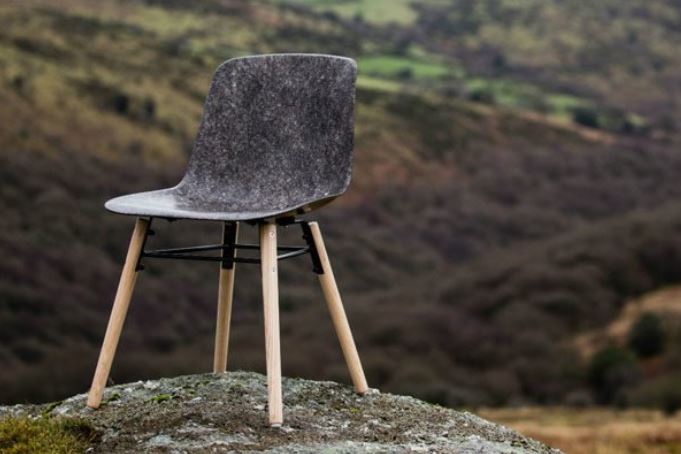Farming is one of the oldest professions in the world, and as we’ve moved through time, we’ve moved further away from an agricultural society. However there are still many that have kept farming as their way of life. Amongst these are the British wool farmers, who in recent years have faced much uncertainty around the market and the volatility in how the market is changing.

The cost of produce can change for many reasons – changes in the markets that the sales operate in, such as we have seen recently with Brexit and with the US and China trade disputes. Changes in lifestyle also play a big part as fashion and home trends change and evolve, with it requiring different fabrics and materials to fit the trend. For over a decade now, wool hasn’t been the primary export for these sheep farmers – sheep are primarily reared for meat with wool being considered as a by-product.
The wool from British sheep also have their own particular uses as the wool is more coarse and scratchy, it found primary use in carpets – unlike the sheep found in New Zealand and Australia where the wool is soft and fine, primarily used in clothing – but as the carpet business has changed and evolved to include the use of synthetic fibres, the use of wool would see less mileage than it once did. It’s other primary use was found in clothing in other markets, such as China, where fashion trends would find heavy woollen clothing in fashion, but as with the carpet market, changes within the market would cause a decreased demand for wool.
These factors are just part of the volatility we have seen in the market, however, and as we look back at wool pricing over the past few years, we’re able to see a clear instability in the way it is moving. There may be some good news however, as in the last couple of years, wool pricing has somewhat evened out, and steadied.
This may not be the best news for the farmers who use wool as a primary export, although they will be happy to see a little more stability in the market, but it does provide a unique opportunity to the innovators who have managed to find alternative means of making a living using a number of uses of wool that stray a little from tradition.
From acoustic panelling and speakers to chairs and frames for pairs of glasses, a small few have managed to carve their way into a very niche market by capitalising on the falling wool costs within the UK. These innovators have been able to take something by many considered to be a by-product, and turn it into unique creations that show an evolution for a product that has found stale usage.
As prices fall, a new breath of life may be exactly what the wool industry in the UK needs and as more creative uses are discovered and utilised, the growth of these small niches may be taking a step in the right direction to helping everyone who makes a living in the wool market.



